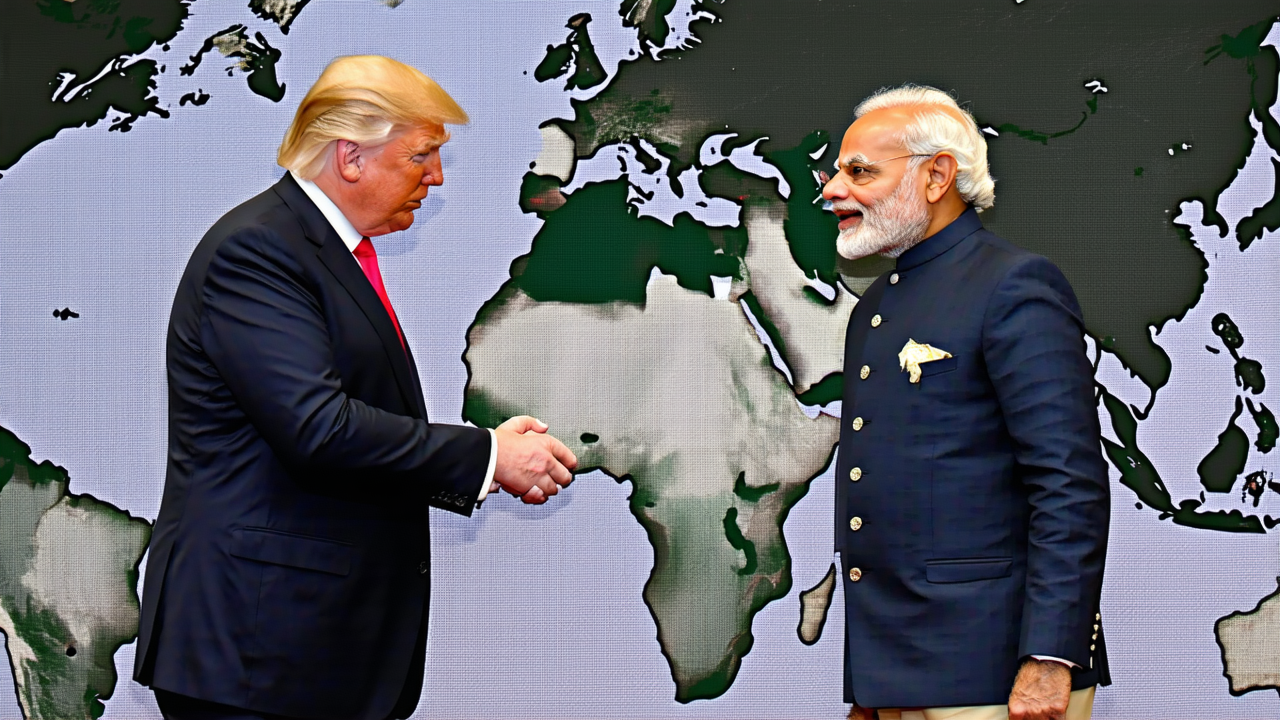Trump's Trade Tensions with India: Geopolitical Confrontation and Economic Interests
Palabras clave: Trump, India, Modi, Tariff, Russia-Ukraine War, U.S.-India Relations, Geopolitics, Economic Interest, Trade Friction, Foreign Policy
Volver a la lista de noticias
Wednesday, 06 August 2025
U.S. President Trump recently threatened India with tariffs, claiming he would significantly increase tariffs on India as a retaliation for India's import of Russian oil. This move not only highlights the Trump administration's diplomatic strategy in the Russia-Ukraine war, but also reflects the frictions between the U.S. and India due to trade, geopolitics, and economic interests. The following are the key analyses of this article:
### 1. Trump's Tariff Threat: Dual Considerations of Economics and Geopolitics Trump's tariff threat to India, on the surface, targets India's import of Russian oil, but in reality, it reflects a reassessment of India's role in the U.S. global supply chain strategy. Trump believes that India should play a more significant role in the plan to shift manufacturing from China, rather than maintaining close trade relations with Russia. ### 2. India's Response: Strong but Restraint In response to Trump's tariff threat, the Indian Ministry of Foreign Affairs issued a strong statement, pointing out that the U.S. and the European Union are also trading with Russia, and questioning whether the U.S. accusations against India are 'unjust and unreasonable.' However, India did not have Prime Minister Modi or the Foreign Minister personally respond, indicating that India remains cautious in handling diplomatic conflicts with the Trump administration. ### 3. India's Economic and Strategic Position Currently, India's trade relationship with the U.S. is very close, with bilateral trade reaching $186 billion, and India has a trade surplus of $44.4 billion against the U.S. However, India's economic structure and industrial policies limit its ability to counter the U.S., especially in terms of tariffs and non-tariff trade barriers. In addition, India is actively seeking to benefit from the 'China +1' supply chain shift, and thus does not want to fall into a trade war with the U.S. ### 4. Trump's Foreign Policy: Emphasizing Practical Interest Exchanges Trump's foreign policy emphasizes concrete economic and political interest exchanges rather than unconditional support for allies. In terms of relations with India, Trump tends to build closer ties with countries such as Pakistan, especially in the areas of cryptocurrency and energy. This approach has made India feel neglected and has led India to begin reassessing its strategic relationship with the U.S. ### 5. Challenges and Responses of the Modi Government The Modi government originally hoped to establish a partnership similar to 'MAGA' (Make America Great Again) and 'MIGA' (Make India Great Again) with Trump. However, reality shows that Trump's strategic value for India is limited. The Modi government now faces the challenge of maintaining national interests and economic security without falling into a trade war with the U.S. ### Conclusion Trump's tariff threats to India are not only the result of economic friction but also a manifestation of geopolitical competition. For India, this is a reminder: although India is important in the U.S. global strategy, it is not irreplaceable. How the Modi government responds to this dual test of diplomacy and economics will be a key point of future observation.